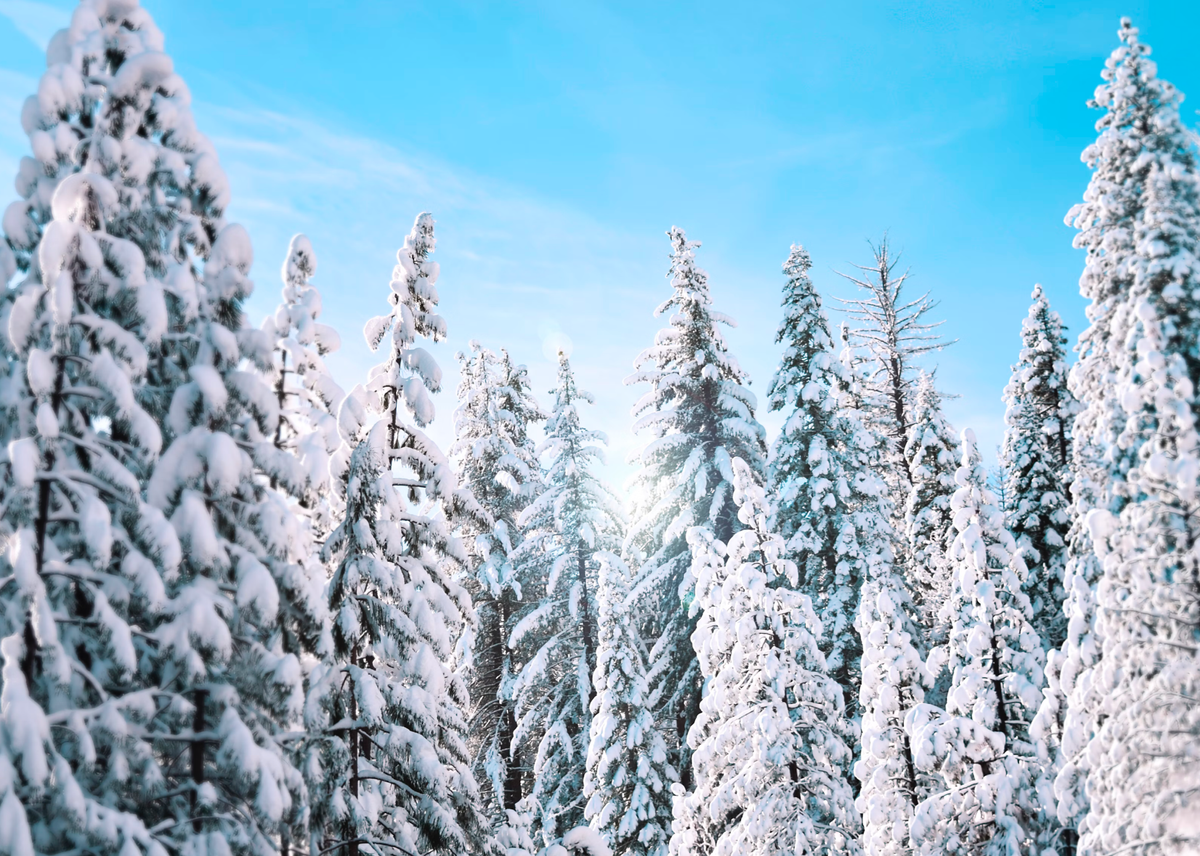Study: Forest Cooling Effects Depend on Region and Climate 🌍
Who knew trees could be so temperamental?

Forest Regeneration: Not a One-Size-Fits-All Climate Solution 🌲
In a fresh study from Alibakhshi et al. (2024), featuring contributions from renowned ecologist Thomas Crowther, researchers took a deep dive into how natural forest regeneration impacts local temperatures across the globe. Using machine learning, they created global maps to predict how new forest growth could affect land surface temperature (LST), albedo, and evapotranspiration. The results? Major regional variations. Tropical forests offer the biggest cooling effects, while boreal forests could actually raise local temperatures. Who knew trees could be so temperamental?
Why It Matters for Climate Resilience 🌡️
As forest restoration gains traction as a climate solution, this study underscores the need to plant the world with regionally tailored strategies to achieve the greatest cooling benefits and climate resilience. Regenerating forests won’t cool things down equally everywhere, so strategies must be adapted to fit each region’s unique climate profile. These insights make a strong case for restoration plans that align with both global and local climate adaptation goals. 🌎
Study Highlights: Climate Impacts Differ by Region 🔍
The study’s findings add layers to our understanding of forest regrowth and local temperature effects:
- Regional Temperature Variations: Regenerating tropical forests showed the greatest cooling effect, dropping LST by 2.03°C on average, while temperate areas saw a smaller 0.50°C decrease. In contrast, boreal regions heated up, thanks to albedo shifts that cause snow to absorb more solar energy.
- Scenario Differences: In a “less conservative” scenario—covering up to a billion hectares of restorable land—64% of areas showed cooling potential. The “more conservative” scenario, focusing on biodiversity and food security hotspots, saw cooling on 75% of the 148 million hectares surveyed, with temperature drops as high as 1.46°C.
- Biophysical Factors: The team found that albedo and evapotranspiration play a major role. Increased evapotranspiration in tropical forests redistributed heat, leading to significant cooling, while albedo decreases in boreal zones led to warming. 🌞
Smarter Forest Regeneration Strategies 📊
For forest regeneration to work as a climate tool, it’s all about regional smarts:
- Tropical Forests = Cooling Powerhouses: With their strong cooling effects, tropical forests should be at the top of the regeneration priority list.
- Fine-Tuning Boreal Forest Plans: In boreal areas, the focus should be on species or approaches that can help mitigate those pesky albedo effects to keep temps from rising.
- Water Management in Drier Climates: In places like the Mediterranean, choosing species that boost evapotranspiration could help improve cooling.
Open Data & Code: A Climate Modeling Win for Transparency 🔓
The study didn’t just break ground on regional forest impacts; it set a transparency benchmark. Using open data from NASA’s MODIS satellites and processing models on Google Earth Engine (GEE) with freely available code, Alibakhshi et al. made it possible for researchers worldwide to replicate, adapt, and apply these findings locally. This open-access approach is exactly the kind of transparency needed to tackle climate resilience at scale. 📈
Source
Alibakhshi, S., Cook-Patton, S.C., Davin, E. et al. Natural forest regeneration is projected to reduce local temperatures. Commun Earth Environ 5, 577 (2024). Retrieved from https://doi.org/10.1038/s43247-024-01737-5.




